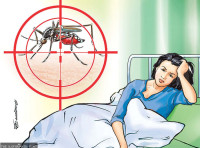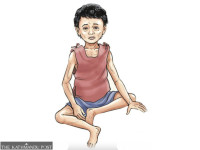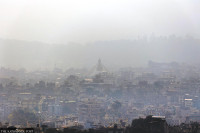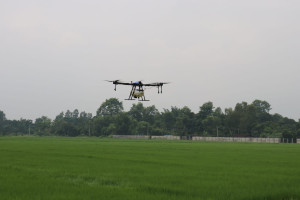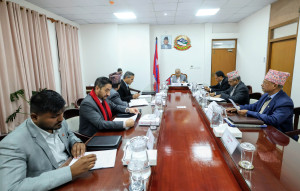Health
Fund crunch threatens Nepal’s Safe Motherhood programme
Officials say Rs380 million is needed to reimburse hospitals, and Rs600 million to continue the programme in this fiscal.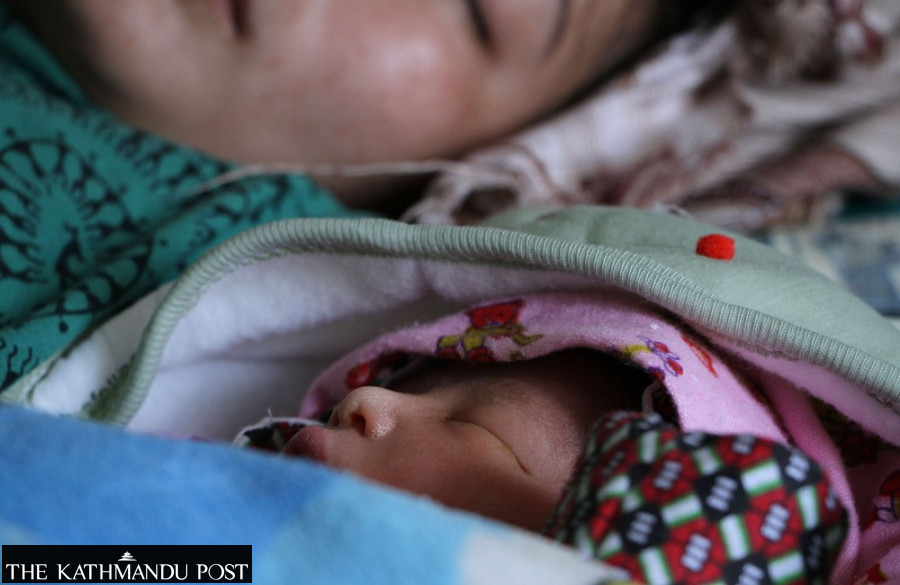
Arjun Poudel
The Family Welfare Division under the Department of Health and Services said it requires Rs380 million immediately to reimburse hospitals providing services under the ‘Safe Motherhood’ programme.
The programme, which is credited with reducing maternal and child mortality rates by over 70 percent over two decades, is at risk due to a funding crunch, officials warn.
“We have forwarded a file to the Ministry of Health and Population seeking over Rs380 million immediately to reimburse hospitals and health facilities running birthing centres across the country,” said Nisha Joshi, a public health officer at the division. “Additional Rs600 million will be required in the ongoing fiscal year to give continuity to the programme.”
The government’s Safe Motherhood Programme is credited with saving hundreds of maternal and neonatal lives every year. A new report by the World Health Organisation published on April 8 stated that Nepal reduced maternal deaths by over 70 percent since 2000.
The UN health body, in its report, said that currently, 142 Nepali women die from maternity-related complications per 100,0000 live births. A previous study carried out by the National Statistics Office in 2021 had shown 151 maternal deaths per 100,000 live births.
Similarly, neonatal mortality now stands at 16.6 per 1,000 live births, and the stillbirth rate has decreased to 13.5 per 1,000 births, according to the UN health body.
The Nepal Demographic and Health Survey-2022, carried out by the Ministry of Health and Population, showed that 21 neonates die per 1,000 live births.
Officials at the division said that Rs4 billion is required to continue the Safe Motherhood Programme in a year, but the government allocated just over Rs3 billion this fiscal.
“The budget allocated for the programme was used up within the first six months of the ongoing fiscal year,” said Joshi. “We require an additional around Rs1 billion, including Rs380 million that we immediately need to reimburse health facilities. Hospitals have been requesting us for the reimbursement at the earliest.”
In addition to free delivery services at health facilities run by local governments, district hospitals and provincial hospitals, the programme provides mothers and babies with free medical treatment, a transportation allowance, and cash incentives for antenatal checkups.
Women in the mountainous, hilly and Tarai districts receive Rs3,000, Rs2,000 and Rs1,000, respectively. Additionally, a cash bonus of Rs800 is provided to mothers who complete all eight antenatal checkups.
The institutional delivery rate, which was around 18 percent before 2009, when the government declared free institutional delivery services, has now increased to 80 percent.
As the ‘Safe Motherhood Programme’ is a national priority initiative, the free services cannot be discontinued, according to officials.
Nepal had cut the maternal mortality rate from 539 per 100,000 births in 1996 to 239 per 100,000 births in 2016—for which the country even received a Millennium Development Goals award.
The health target under the UN’s Sustainable Development Goals is to reduce the maternal mortality rate to 75 per 100,000 births by 2030.
SDGs, a follow-up on the Millennium Development Goals (MDGs), aim to end poverty, hunger, and all forms of inequality in the world by 2030, and Nepal has committed to meeting the goals.
“To ensure Nepal continues to stay on track to meet the SDGs target on MMR, we must prioritise women’s and newborns’ health and well-being and invest accordingly,” the WHO stated.
Beyond ensuring critical services during pregnancy, childbirth and the postnatal period, the report notes the importance of efforts to enhance women’s overall health by improving access to family planning services, as well as preventing underlying health conditions like anaemias, malaria and non-communicable diseases that increase risks. It will also be critical to ensure girls stay in school and that women and girls have the knowledge and resources to protect their health, the report says.
Meanwhile, the Division said that nearly 130 women have succumbed to maternity-related complications since the start of the ongoing fiscal year [July 16, 2024].
Fatality due to poor access to medical services during childbirth remains a leading cause of women’s death in Nepal. Division’s data show that at least 190 women from 51 districts died from complications during childbirth in the fiscal year 2023-024. In the fiscal year 2022-023, 191 maternal deaths were recorded across 49 districts.
Studies carried out in the past show that excessive bleeding after childbirth, pre-eclampsia and eclampsia (pregnancy-related high blood pressure disorders) are some of the reasons for maternal deaths.
Health officials concede that the actual number of maternal deaths due to birth-related complications could be much higher, as maternal and perinatal death surveillance is being carried out in only 51 of the total 77 districts.
The UN health body has emphasised that urgent investment is needed to prevent maternal deaths. The world is currently off-track to meet the UN’s SDG targets for maternal survival, according to the report.




 8.12°C Kathmandu
8.12°C Kathmandu


